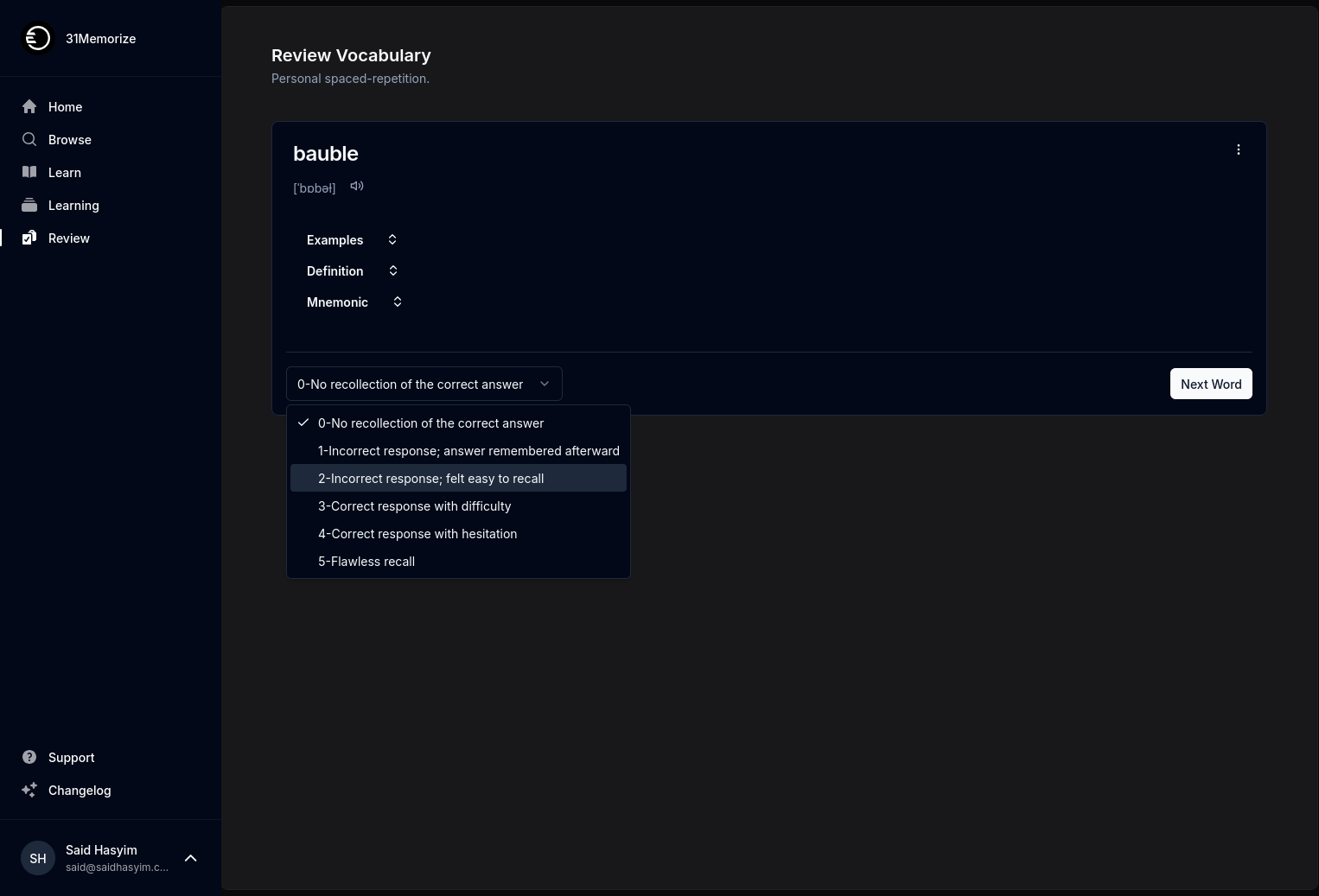How to Foster a Listening Culture with Reviews
In today’s fast-paced world where feedback is more accessible than ever, the importance of fostering a listening culture in the workplace cannot be overstated. A listening culture is characterized by open communication, mutual respect, and an earnest approach to understanding colleagues, customers, and stakeholders alike. One effective way to cultivate this type of culture is through the use of reviews. Whether they are peer evaluations, performance appraisals, or customer feedback, reviews can serve as a powerful tool for creating an environment where everyone feels heard.
Understanding the Importance of a Listening Culture
Before diving into how reviews can help foster a listening culture, it’s essential to understand why such a culture is vital for any organization. A listening culture leads to:
- Increased Engagement: Employees who feel heard are more likely to engage with their work and contribute meaningfully to their teams.
- Enhanced Innovation: Open lines of communication encourage the sharing of ideas, leading to innovative solutions and improvement processes.
- Improved Morale: A culture that values listening contributes to higher job satisfaction and employee retention rates.
- Better Customer Satisfaction: An organization that listens to its customers can better address their needs, leading to enhanced loyalty and positive word-of-mouth.
Now, let's explore how reviews can be a cornerstone in establishing this culture.
Types of Reviews That Foster Listening
1. Peer Reviews
Peer reviews can be an excellent way for team members to share feedback with one another. Implementing a structured peer review system can encourage employees to articulate positive observations as well as constructive criticism. Here’s how to maximize their effectiveness:
Establish Clear Guidelines: Clearly define what aspects of performance will be reviewed. Ensure everyone understands the purpose of these reviews: to support growth and development, not to criticize.
Encourage Constructive Feedback: Encourage team members to provide actionable suggestions rather than vague critiques. Promote the idea that there's always room for improvement, no matter the level of experience.
2. Performance Reviews
Performance reviews are a traditional method but can be significantly enhanced through a listening approach. Here are key strategies to consider:
Two-Way Dialogue: Change the dynamic of performance reviews from one-sided evaluations to conversations. Encourage employees to share their thoughts and feelings about their roles, the challenges they face, and their aspirations.
Regular Check-Ins: Rather than limiting formal reviews to once or twice a year, have regular check-ins that enable ongoing dialogue. This creates an environment where feedback and listening become routine.
3. Customer Feedback Reviews
Listening to customer feedback is paramount for any organization looking to improve its products or services. Here’s how to implement this effectively:
Create Various Feedback Channels: Offer multiple platforms for customers to share their thoughts—surveys, social media, direct emails, or customer service interactions. Each channel can yield different insights.
Act on Feedback: Make sure to track feedback systematically. More importantly, share back with customers what actions were taken as a result of their suggestions, creating a feedback loop that emphasizes their input's value.
Building a Framework for Listening
While reviews play a significant role in fostering a listening culture, there is a broader framework that must be established.
1. Lead by Example
Leadership plays a crucial role in creating a listening culture. Leaders should model listening behaviors by actively soliciting feedback and demonstrating receptiveness to it. When leaders embrace vulnerability and humility, they set the tone for the organization.
2. Encourage Open Communication
Make it a norm to discuss feedback openly. Employees should feel safe sharing both positive and negative feedback without fear of repercussion. Anonymity in peer reviews can help, but ensure that anonymous feedback is still addressed transparently.
3. Train for Empathy
Invest in training that focuses on empathetic communication. Empathy enables employees to understand and appreciate different perspectives, which is essential in a listening culture.
4. Celebrate Listening
Recognize and celebrate instances where listening has led to positive outcomes. Highlight stories where feedback led to significant improvements or successful initiatives. This reinforces the value of listening and encourages others to engage in the process.
Overcoming Challenges
Fostering a listening culture through reviews isn’t without challenges. Here are some common ones and how to address them:
Resistance to Change: Some employees might be used to hierarchical communication systems. Gradual implementation and consistent reinforcement of the benefits of listening can help in this transition.
Fear of Too Much Feedback: Employees may worry that feedback can become overwhelming or overly critical. Emphasizing constructive feedback and celebrating progress can alleviate these fears.
Lack of Time: Many teams face tight deadlines, which leaves little room for reviews and feedback sessions. Prioritizing listening in team agendas and setting aside time for meaningful conversations can mitigate this issue.
Conclusion
Fostering a listening culture through reviews is not merely a box to check off; it is a transformative approach that can lead to more engaged employees, satisfied customers, and a healthier workplace environment overall. By encouraging open communication, leveraging different types of reviews, and building a supportive framework, organizations can cultivate an atmosphere that thrives on mutual understanding and respect.
Creating a listening culture requires continuous effort and commitment, but the resulting benefits—both internally and externally—make it well worth the investment. Start today by evaluating your current processes and identifying ways to enhance how you listen through reviews. Your organization will surely reap the rewards in the long run.
